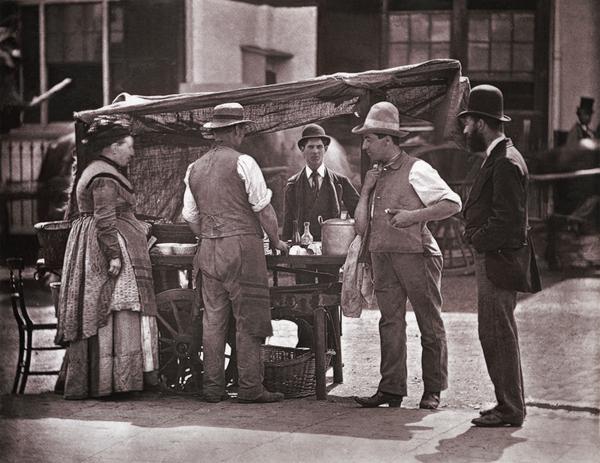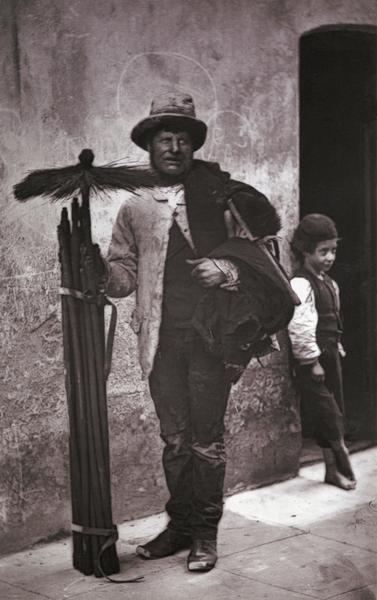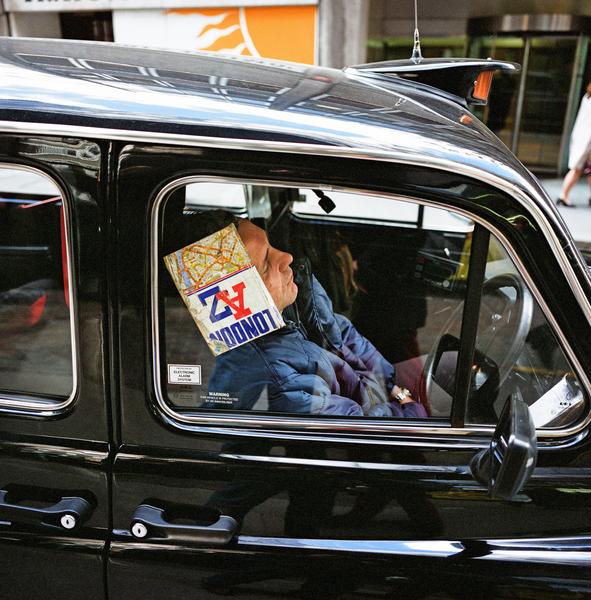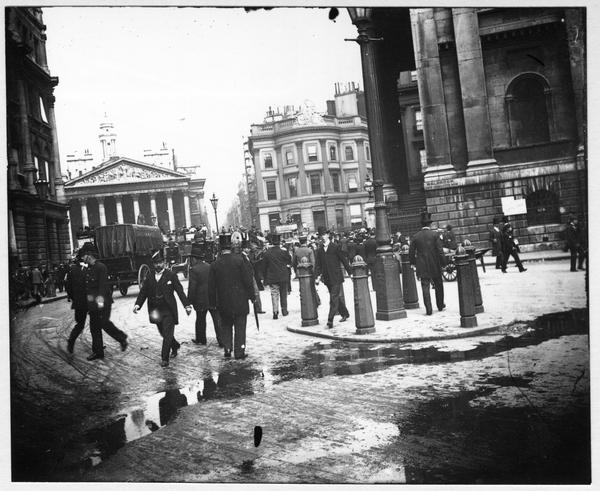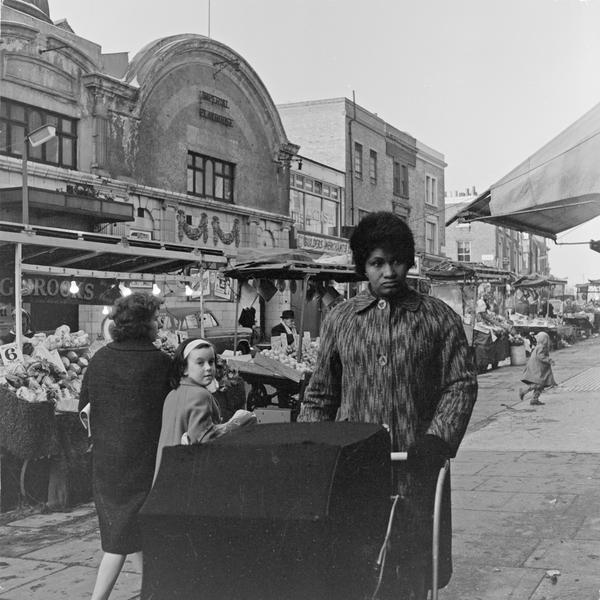Street life & work in 1877
John Thomson’s 1877 book Street Life in London shows us the workers, traders and shop-owners who lined the streets of 19th-century London. In 37 photographs and a set of articles written by journalist Adolphe Smith, we get a treasure trove of details about these people’s work, their hopes, their concerns and the state of the city they lived in.
Across London
1877

A photography first
John Thomson’s pioneering images were made possible by the invention of the camera in the first half of the 19th century. His project to show Londoners’ lives was part of the beginning of social documentary photography. The pictures were posed, but Thomson still managed to capture the natural character of the people in them – like these two, who sold donkey rides on Clapham Common.

A shoe-black and dramatic reader
This photo shows Jacobus Parker and his shoe-shining stall. Parker previously had a government job, but was forced to leave after losing his sight in one eye. He spent time in Lambeth workhouse, then tried to make money as a “dramatic reader” before setting up as a shoe-black. “My only care is to earn enough to carry me through to the close of each day,” says Parker.

A dealer in fancy-ware
The trade in fancy-ware – jewellery, vases, combs, picture frames and more – was also known as “swag-selling”. Like thousands of others at this time, this trader came to London from the countryside: “I had heard wonderful tales of London, of its wealth, and the chances of fortune it offered to all.”

A strawberry seller
The book calls strawberries “the most delicious of English fruits”. In summer, street sellers called out: “Fine strawberries. All ripe! All ripe!” Strawberries were imported from the west of England, other countries and farms around the capital, and were sold wholesale at Covent Garden. Being so delicate, the strawberries had to be sold on the same day the trader bought them.

Flooding in Lambeth
This shop in Lambeth, belonging to the woman in the doorway, had just been flooded. The Thames occasionally flooded streets in this area of London, despite the building of the Albert Embankment along the south bank of the river. “We saved our piano,” said Mrs Rowlett. “It’s what I prize most, next to my daughter who plays it.”

A fish stall at St Giles
Joseph Carney regularly ran a stall at a street market in Seven Dials, Covent Garden. He didn’t always sell fish, but on this day he’d secured a barrel of 500 fresh herring to sell: a penny for a large one, a halfpenny for a smaller one.

Halfpenny ices
By the 1870s, the trade in ice cream and flavoured ices was entirely run by the Italian community who lived in Clerkenwell and Saffron Hill.

The flying dustmen
Parish authorities organised the collection of rubbish in 1877, but freelance “flying dustmen” like these two also moved from parish to parish offering their services.

Cab drivers
This cabman is driving a two-wheel Hansom cab – the 19th-century equivalent of a taxi. In 1877 there were around 4,000 in London, plus 4,000 four-wheel Clarence cabs and over 10,000 drivers. In 1874 the Cab-drivers' Society was formed, joining the Trades Union Congress the following year. “Despite the traditional hoarse voice, rough appearance, and quarrelsome tone,” says Adolphe Smith, “cab-drivers are as a rule reliable and honest men”.

Getting a photo at Clapham Common
Here a nurse is having her photo taken with the child she is looking after, probably to take home to the child’s parents. The object on wheels next to her is a mobile dark room, used to develop the photos on the spot. Photographers flocked to Clapham Common to make their money and were especially busy on Sundays and public holidays.

Ginger beer and used umbrellas
This photo also shows Clapham Common. The man on the left sells ginger beer, while the man on the right is a “mush-faker”, a seller of used and repaired umbrellas. Ginger beer was cheap to make, but required something large enough to brew large amounts in. For some traders, the solution was supposedly the same tub they washed their clothes in.


